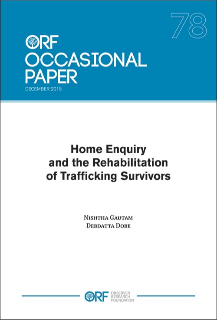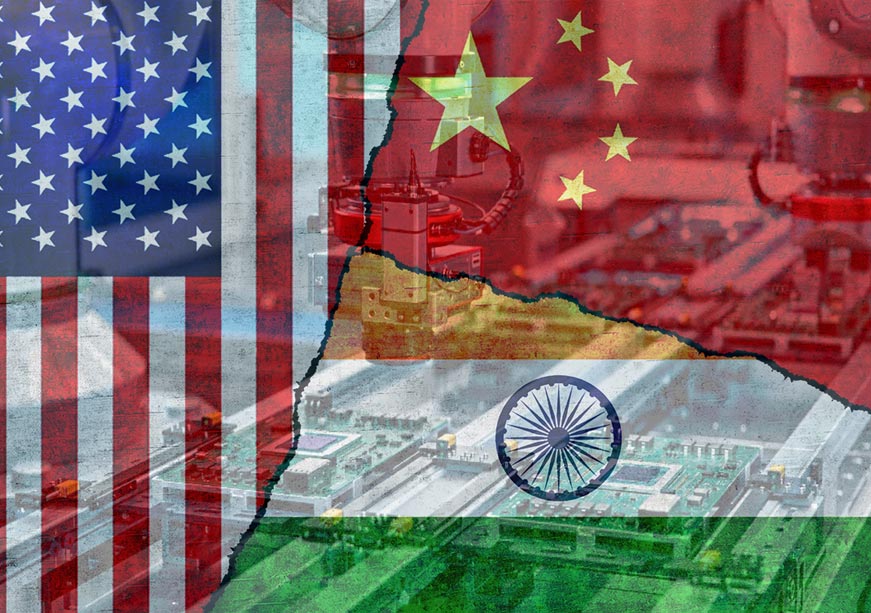Human tracking is a multi-billion industry in India, with sex tracking generating roughly $9 billion per annum.1 In 2007, the Ministry of Women and Child Development reported the presence of over three million female sex workers in India, with 35.47 percent of them entering the trade before the age of 18. Prostitution is not the only occupation that child victims of tracking are forced into. Bonded or forced labour, often under hazardous work conditions, entraps a much larger number of Indian children. e 2011 Census pegs the number of working children in the age group of 5-14 years at a massive 4,353,247.2 In addition, around 2.4 million adolescents (14-18 years) are employed in hazardous industries, as identied by the International Labour Organization's (ILO) latest 'World Report on Child Labour'.3
During discussions on the amendment to the Child Labour (Prohibition and Regulation) Act of 1986, passed in early 2015, plenty was said about ensuring that children remain away from labour and complete their schooling. However, little attention has been paid to the processes that facilitate the return of the tracked or enslaved children to a life of dignity. is paper attempts to highlight the lacunae in the existing home enquiry process, often leading to depriving the rescued victims of available family or institutionalised support. Also, failure in identifying risk factors within the family puts them in danger of being re-tracked.

 PDF Download
PDF Download



 PREV
PREV



